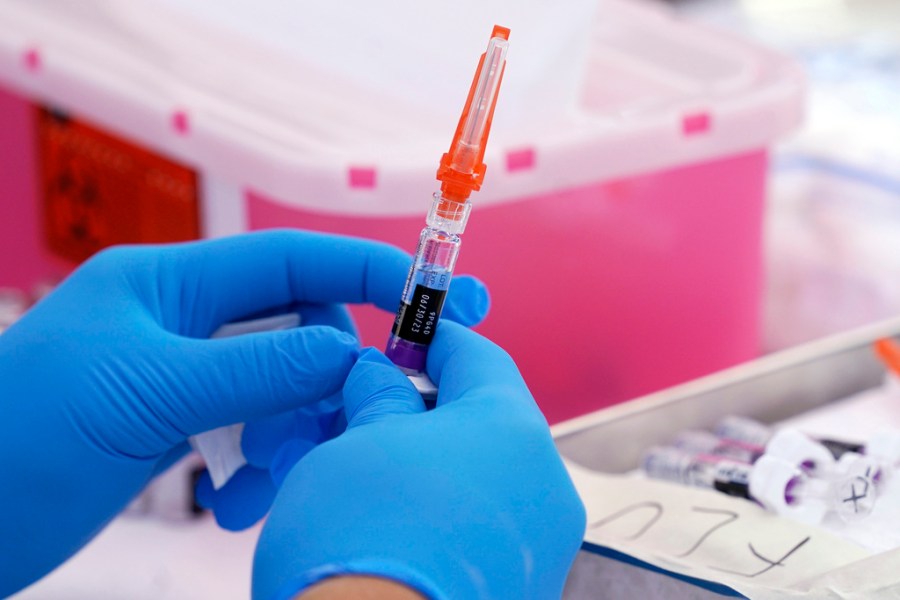AUSTIN (KXAN) — With kids back in school and the winter months rapidly approaching, now is the time to get your flu and COVID-19 vaccines. Pharmacies across the country began handing out the latest rounds of vaccines last month, ahead of the peak of flu season.
According to the Centers for Disease Control, vaccines take about two weeks before they are effective. The CDC recommends you get your shots either this month or in October to be prepared for onslaught of sick kids and coworkers.
Vaccines seem to be developed at a faster pace than ever before. There’s a good reason for this: advancements in computing.
“It can take up to 10 years and somewhere between two and $6 billion to develop just a single drug,” said Philip Mounteney, Regional Vice President of Science and Technology with software developer Dotmatics.
Dotmatics provides software to medical companies that sorts data, allowing for rapid development of vaccines using artificial intelligence.
“(AI is) only as good as the data that you feed it. So you have to have that that that volume of data to start with,” Mounteney said.
Making vaccines is a slow process
“Every time we do something on the bench here, it takes time,” said Jason McLellan, a professor of molecular bioscience at the University of Texas in Austin.

McLellan helped develop the original COVID-19 vaccine, but now is turning to AI to speed up the process.
“We might have to make 100 different variants and test them in order to get ten good candidates. With AI, we’re hoping that maybe we only need to make twenty candidates to get the same ten,” McLellan said.
To design vaccines, scientists build models of the virus and then figure out ways to break it apart. AI speeds up this process.
“The idea might be a new virus spills over into the human population. Researchers then are able to culture it, sequence the genome, and then immediately, using AI, we now have structures of what the viral proteins look like,” McLellan said.
Haystacks
Mounteney compares finding a vaccine to searching for a needle in a haystack.
“The needles are the things we’re trying to find, the drugs, and the haystack is all of this data with modern techniques and new technologies. The data is just getting bigger and bigger. There’s more haystacks,” Mounteney said.
AI is really good at sorting this data.
“The big hope is that with AI, we can feed all that back into these models. And AI can tell us, if you go and plant seeds in this field under these conditions, harvest it with this tractor, stack the bales in this way, you will find this new drug,” Mounteney said.

The next step for process is creating, what Mounteney calls, a “lab-in-a-loop.”
“We use the data that we’ve got in our collection, and as we make these new things, we feed that data back into the AI model. And what that can do is, actually it can reduce that, frankly frustrating for researchers, number of iterations that it takes to get to a new novel drug.”
Most of this technology is still in the early stages. Beyond vaccines, AI is also playing a role in medical imaging. Recent research shows that it could help detect early signs of breast cancer and arthritis.
